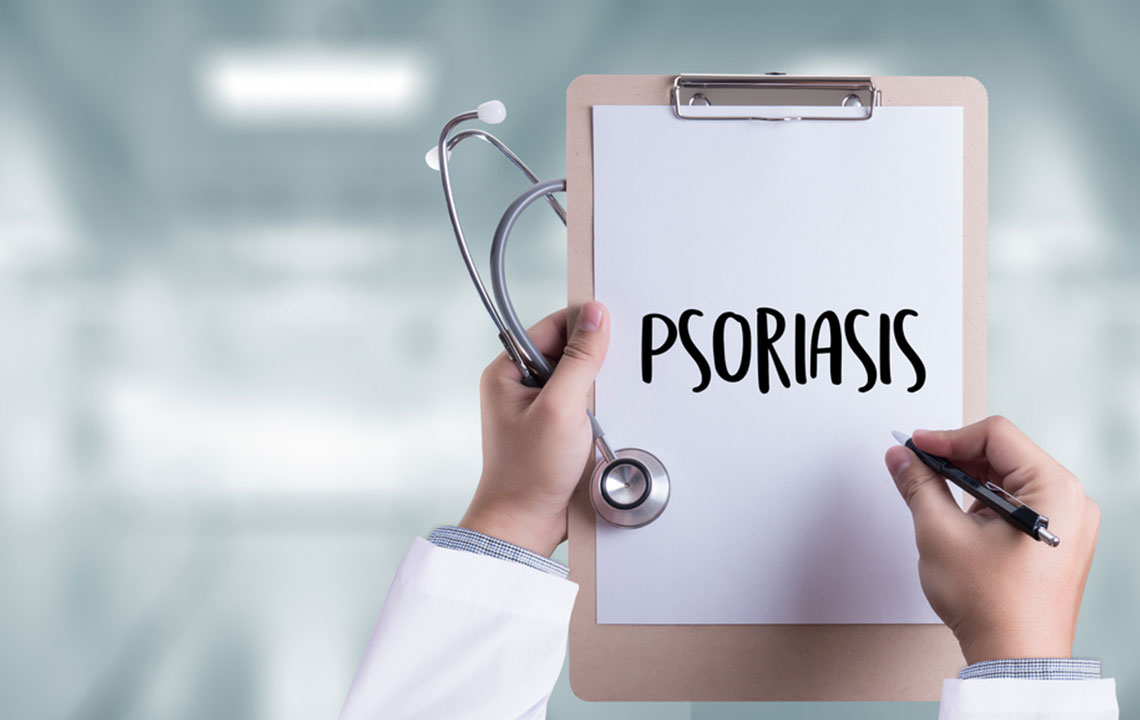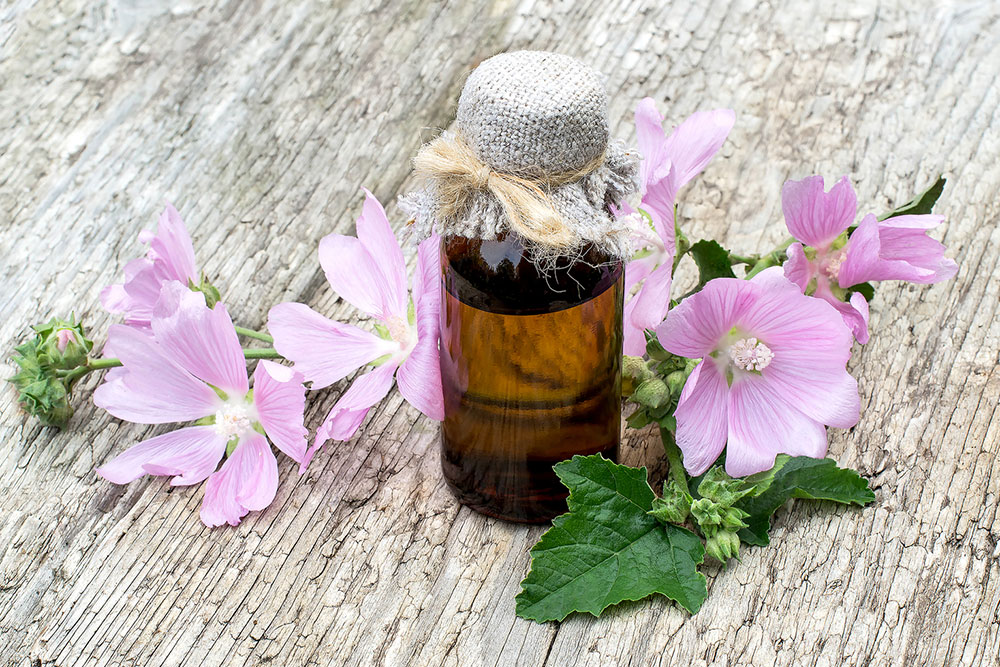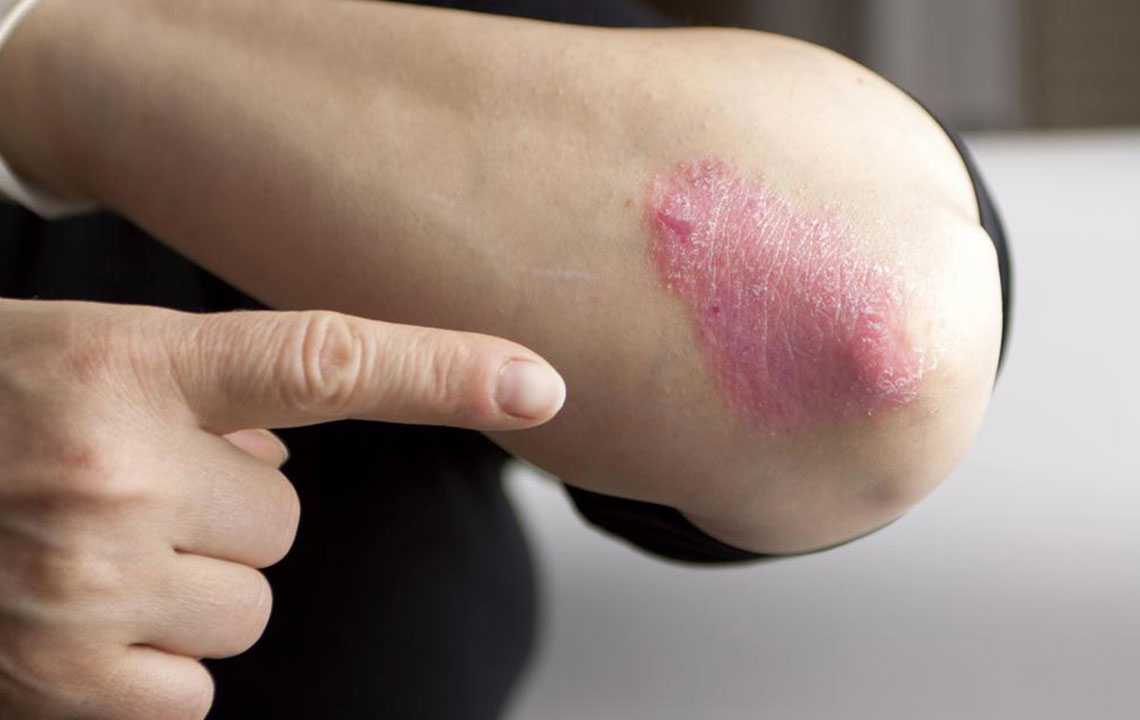Comprehensive Guide to Effective Psoriasis Management and Symptom Relief
This comprehensive guide offers in-depth insights into managing psoriasis, detailing types, triggers, and proven treatment options. Emphasizing lifestyle changes, natural remedies, and medical advances, it aims to empower sufferers with strategies to control symptoms and improve their quality of life effectively.

Comprehensive Strategies for Managing Psoriasis and Alleviating Symptoms
Psoriasis is a chronic, often perplexing autoimmune skin condition characterized by the rapid proliferation of skin cells. This accelerated process results in inflamed, itchy, and sometimes painful patches that predominantly develop on areas such as the scalp, elbows, knees, and other parts of the body. Understanding the underlying causes, types, and effective management strategies is crucial for those affected by psoriasis to improve their quality of life and reduce flare-ups.
Psoriasis is fundamentally linked to immune system dysfunction, where the body's white blood cells, especially T cells, mistakenly attack healthy skin tissue. This immune response triggers an increased rate of skin cell production, leading to the formation of thick, scaly patches. The condition varies significantly among individuals, with several distinct types, each presenting unique challenges and treatment approaches.
Types of Psoriasis and Their Characteristics
Plaque psoriasis (psoriasis vulgaris): This is the most common form, featuring raised, red patches clothed with silvery-white scales. These patches can be itchy and sometimes sore, causing discomfort and visible skin lesions. They frequently appear on the scalp, elbows, knees, and lower back, often leading to irritation and self-consciousness. Challenging to treat, plaque psoriasis can sometimes extend into the mouth tissues, complicating oral health.
Nail psoriasis: This type affects fingernails and toenails, leading to abnormal nail growth, pitting, brittleness, and crumbling. In severe cases, nails may lift from the nail bed, causing pain and difficulty using the fingers and toes. Nail psoriasis can be persistent and resistant to treatment, often requiring targeted therapies.
Inverse psoriasis: Typically appearing in body folds such as under the breasts, groin, or around the genitals, this form worsens with sweating and friction. It presents as red, inflamed patches that are smooth and shiny, often mistaken for fungal infections. Managing inverse psoriasis involves both skin care and addressing underlying triggers.
Pustular psoriasis: A rarer but more severe form characterized by white pustules (blister-like bumps filled with non-infectious pus) on areas like the back, palms, and soles. Pustular psoriasis can be painful and requires prompt medical attention to prevent complications.
Erythrodermic psoriasis: The most severe and life-threatening type, involving widespread redness, inflammation, and scaling across large body areas. It causes intense itching, burning, and discomfort, often leading to systemic symptoms such as fever and dehydration. Emergency medical intervention is often necessary.
Understanding Psoriasis Triggers and Pathophysiology
Identifying and managing triggers are central to controlling psoriasis. Common triggers include stress, injuries to the skin, infections, smoking, certain medications, and environmental factors. Lifestyle modifications can significantly reduce flare-ups. Psoriasis originates from an immune system malfunction, where T-cells and white blood cells mistakenly attack healthy skin tissue. This misguided immune response accelerates skin cell turnover from approximately 28 days to 3-4 days, leading to the buildup of scales and plaques.
Effective Management and Treatment Options for Psoriasis
While there is currently no universal cure for psoriasis, numerous treatment options aim to manage symptoms, reduce inflammation, and slow skin cell growth. Combining medical therapies with lifestyle adjustments offers the best outcomes.
Sun Exposure: Moderate sunlight exposure can help alleviate psoriasis symptoms by slowing down skin cell production and reducing inflammation. Controlled UVB therapy, supervised by dermatologists, is often recommended. However, excessive sun exposure can damage the skin and trigger flares, so outdoor activities should be approached cautiously.
Topical Medications: Topical treatments are often the first line of defense. They include corticosteroids to reduce inflammation, vitamin D analogs (like calcipotriol and calcitriol) that regulate skin cell growth, and keratolytic agents such as salicylic acid to remove scales. These medications provide localized relief but may cause side effects like skin irritation or staining if not used properly.
Moisturizers and Emollients: Regularly hydrating the skin with moisturizers minimizes dryness, cracks, and irritation. Thick creams containing ingredients like petroleum jelly, glycerin, and ceramides strengthen skin barriers. Though moisturizers don’t cure psoriasis, they are essential in managing flare-ups and maintaining skin health.
Retinoids: Vitamin A derivatives such as tazarotene are prescribed for severe psoriasis cases. They slow keratinocyte proliferation but come with potential side effects like skin irritation, photosensitivity, and in some cases, increased risk during pregnancy.
Natural Remedies and Lifestyle Choices: Natural ingredients like aloe vera offer soothing benefits and reduce redness and swelling when applied regularly. Thiamine (turmeric), known for its anti-inflammatory properties, can be incorporated into diet or taken as supplements after consulting healthcare providers. Lifestyle changes—including quitting smoking, limiting alcohol intake, eating anti-inflammatory diets rich in omega-3 fatty acids, and exercising regularly—can markedly improve symptoms.
Warm Baths and Other Home Therapies: Soaking in warm water with added colloidal oatmeal or bath oils can relieve itching and soothe inflamed skin. Avoid harsh soaps; instead, opt for fragrance-free, gentle cleansers. Patients are advised to use lukewarm rather than hot water to prevent skin dehydration and irritation.
Future Directions and the Role of Medical Research
Research continues to explore novel therapeutic approaches, including biologic drugs that target specific immune pathways involved in psoriasis. These advanced treatments have shown promise in reducing symptoms with fewer side effects. Ongoing trials aim to develop therapies that are safer, more effective, and suitable for long-term use.
Additionally, understanding genetic predispositions helps tailor personalized treatment plans. For individuals with hereditary tendencies, early diagnosis and proactive management are vital to prevent severe flare-ups and complications.
In conclusion, managing psoriasis effectively involves a comprehensive approach that combines medical treatments, lifestyle modifications, and herbal or natural remedies. While psoriasis can be persistent and sometimes challenging, adopting personalized care strategies, avoiding known triggers, and staying informed about emerging treatments significantly enhance life quality for sufferers. Collaboration with healthcare providers is critical to design a safe and effective management plan that suits individual needs and circumstances.





